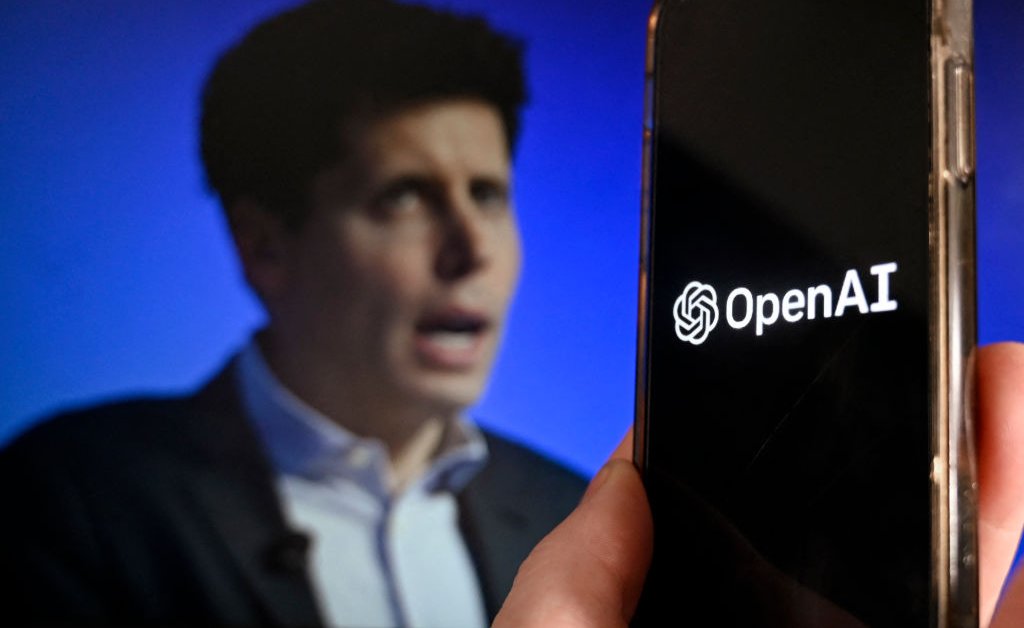Axon, the public safety contractor that popularized the Taser, has launched a new product that is less actively terrifying but still vaguely concerning: an AI-powered software program that lets cops automate their police reports.
Axon calls its new product Draft One. According to a press release published on Tuesday, Draft One is a “revolutionary new software product that drafts high-quality police report narratives in seconds.” The software is powered by the powerful large language model GPT-4, and can supposedly write reports by auto-transcribing audio from the police body cameras that Axon sells. Forbes was the first to report on the new product launch.
Axon is pitching its new software as a way to reduce police office work so that cops can spend more time in their communities. In its press release, the company frames the benefits of its technology like this:
Police departments across the U.S. are understaffed. While agencies are emphasizing hiring and retention, demand to fill open roles is low. The shortage results in longer response times to calls for service and officers working overtime, which can lead to burnout and be costly for taxpayers. Ultimately, Draft One has the potential to augment and amplify officers, giving them back time to better serve their communities.
However, some critics have been quick to note that this product, which was designed to solve problems for the police, could also cause a host of problems for everyone else. Forbes’ article quotes Dave Maass, surveillance technologies investigations director at the Electronic Frontier Foundation, who called the new product “kind of a nightmare.” Maass noted that most cops are not trained in using AI and therefore may not be used to recognizing its foibles. Daniel Linskey, a former Boston Police Department Superintendent-in-Chief who was also interviewed by the news outlet, similarly urged caution in the tech’s deployment.
Problematically, AI has been known to “hallucinate”—that is, to make up gibberish. At the same time, it seems possible that police could—in certain cases—use the software to absolve themselves of legal responsibility. That is, if something questionable were to crop up in a police report, and the report was “written” with Axon’s new software, it seems plausible that cops could falsely blame the software for mistakes or inaccuracies that were actually inserted by a human—sewing doubt along the way. As such, any deployment of this technology would need strong regulatory guidelines to ensure it isn’t misused by police departments.
Axon claims in its press release that a “range of critical safeguards” have been instituted into Draft One, and that “every report [generated by the software is required] to be reviewed and approved by a human officer, ensuring accuracy and accountability of the information before reports are submitted.” Still, the comfort you take in those assurances probably depends on how much confidence you have that police officers will do their jobs correctly. For some members of the public, that confidence is probably quite low.
Draft One hasn’t been widely deployed yet, although the company says that its trials with law enforcement agencies have helped those agencies save approximately an hour of work per day. The press release also quotes a police sergeant for Fort Collins Colorado Police Services, who claims that the software has allowed his agency to see an “82% decrease in time spent writing reports.”
Gizmodo reached out to Axon for more context about its new product and will update this story if it responds.










